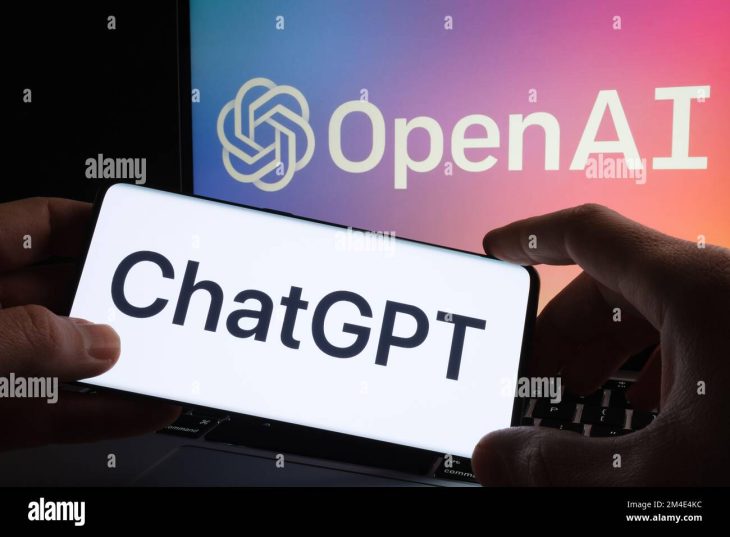Google has unveiled Bard, its ChatGPT rival that leverages LaMDA (Language Model for Dialogue Applications), Google’s own language model. The announcement comes days after CEO Sundar Pichai revealed its development during an earnings call. Prior to the call, Google management called ChatGPT “code red” as the AI-powered platform received positive responses from users across the world. In a blog post, Google says that it is opening Bard up to “trusted testers” ahead of making it more widely available to the public in the coming weeks. ChatGPT, on the other hand, is available to test for free. It recently clocked 100 million users in just two months.
What is Google Bard? How does it work?
In simple words, Google Bard is an AI-powered chatbot that can offer answers to many queries in a conversational way — similar to ChatGPT.
Google says Bard draws on information from the web to provide fresh, high-quality responses. At its core, Google’s chatbot is powered by LaMDA, Google’s language model built on Transformer, a neural network architecture. Interestingly, ChatGPT relies on GPT-3 language model, which is also built on Transformer. Google Research invented and open-sourced Transformer in 2017.
How to access Google Bard?
Currently, Google Bard is not available for testing to the public, but select users have access. Google is releasing a “lightweight model version of LaMDA,” which requires significantly less computing power. This will allow Google to receive more feedback.
The post reads, “We’ll combine external feedback with our own internal testing to make sure Bard’s responses meet a high bar for quality, safety and groundedness in real-world information.”
Feedback for Google Bard, powered by LaMDA, is also crucial for the company. The software giant unveiled LaMDA in 2021. However, a former employee alleged that its language model offered racist and sexist responses. The employee also alleged that LaMDA is “sentient.”
On the other hand, ChatGPT also offers incorrect answers. However, its developer, OpenAI, claims that the chatbot will improve as further upgrades are constantly being rolled out. A report recently claimed that Google’s LaMDA is also getting better at responses and on some occasions, it outperformed ChatGPT.
Why did Google get late with rolling out its ChatGPT rival?
Google has been working on its language model for a while, but the company paused its public rollout after allegations from its employee. Google CEO Pichai indicated during the latest earnings call that the world is ready for generative AI, following the positive reception towards ChatGPT. He added, “I feel comfortable with all the investments we have made in making sure we can develop AI responsibly and we’ll be careful.”
Apart from Bard, Google is also improving Search with AI capabilities. The post notes:
“Soon, you’ll see AI-powered features in Search that distill complex information and multiple perspectives into easy-to-digest formats, so you can quickly understand the big picture and learn more from the web: whether that’s seeking out additional perspectives, like blogs from people who play both piano and guitar, or going deeper on a related topic, like steps to get started as a beginner.”
In 2018, Google was one of the first companies to publish a set of AI Principles.






